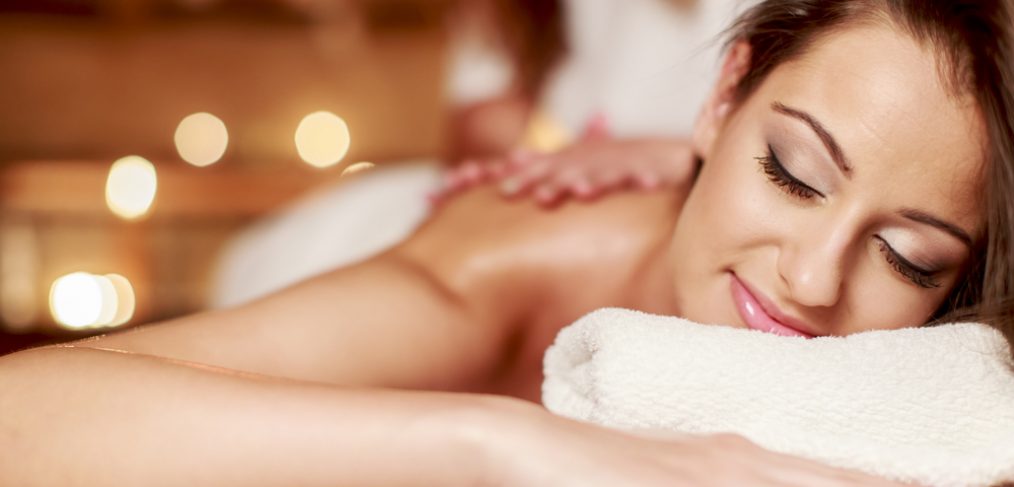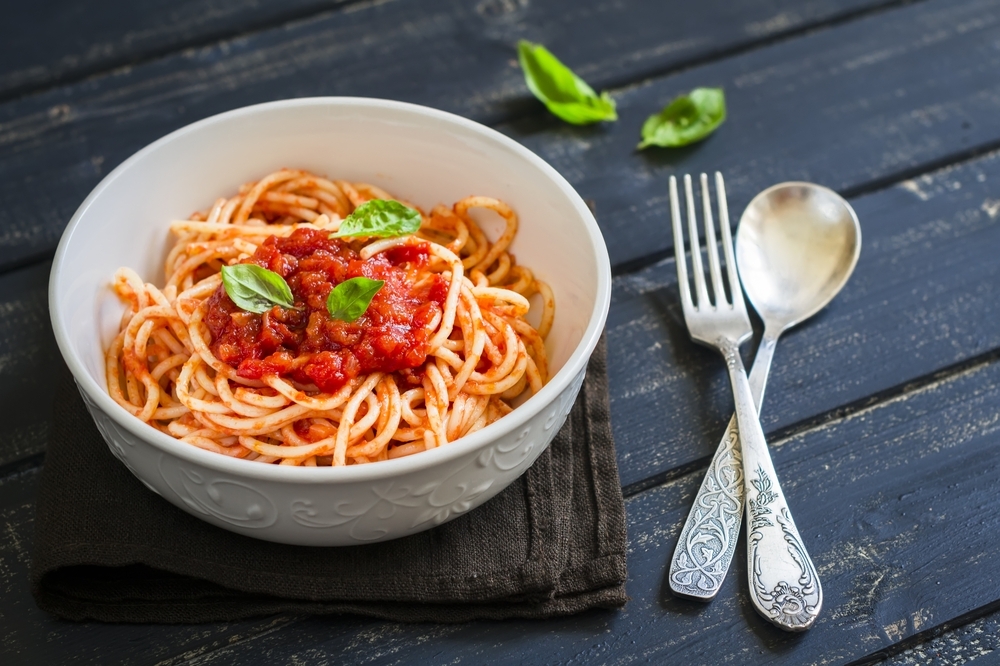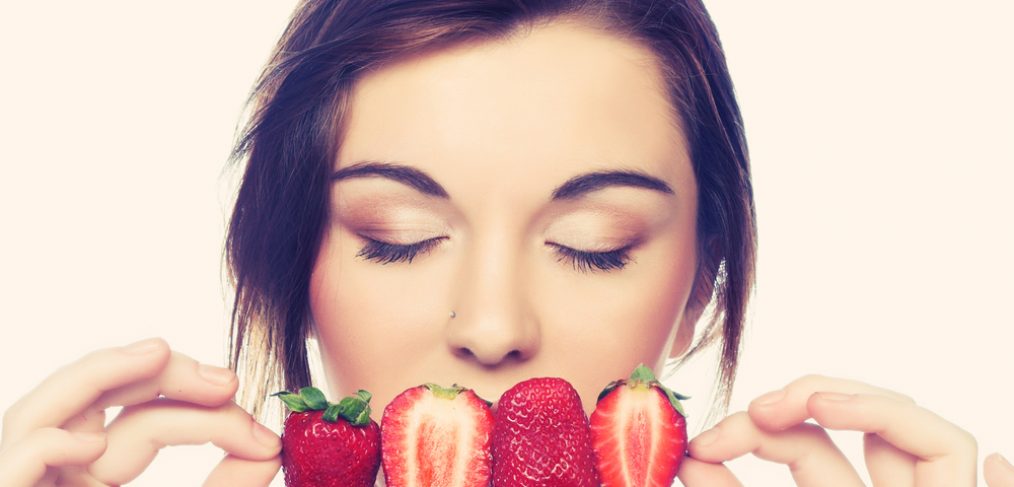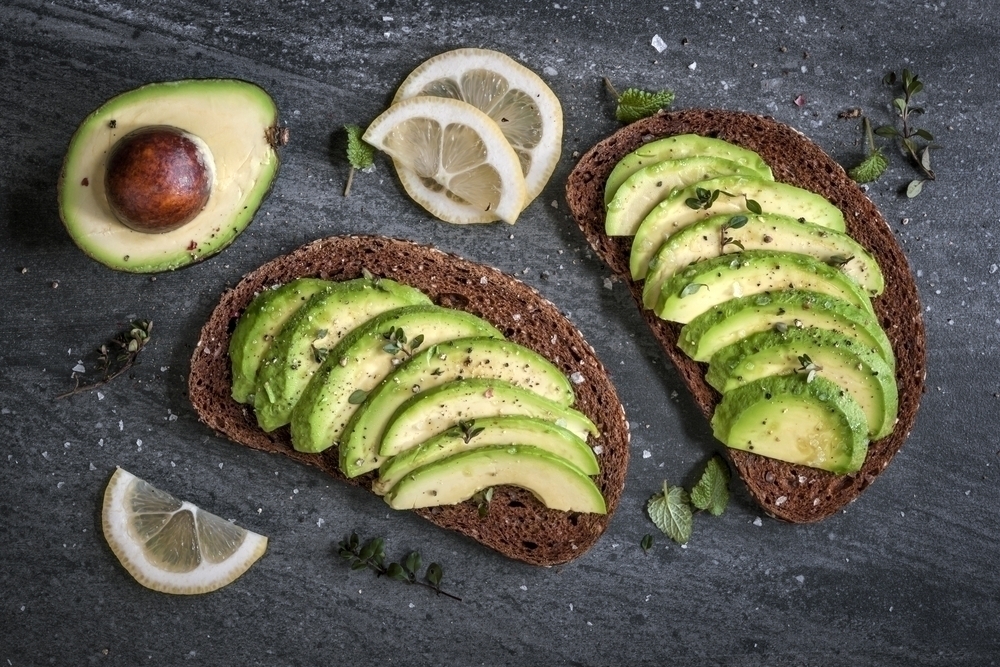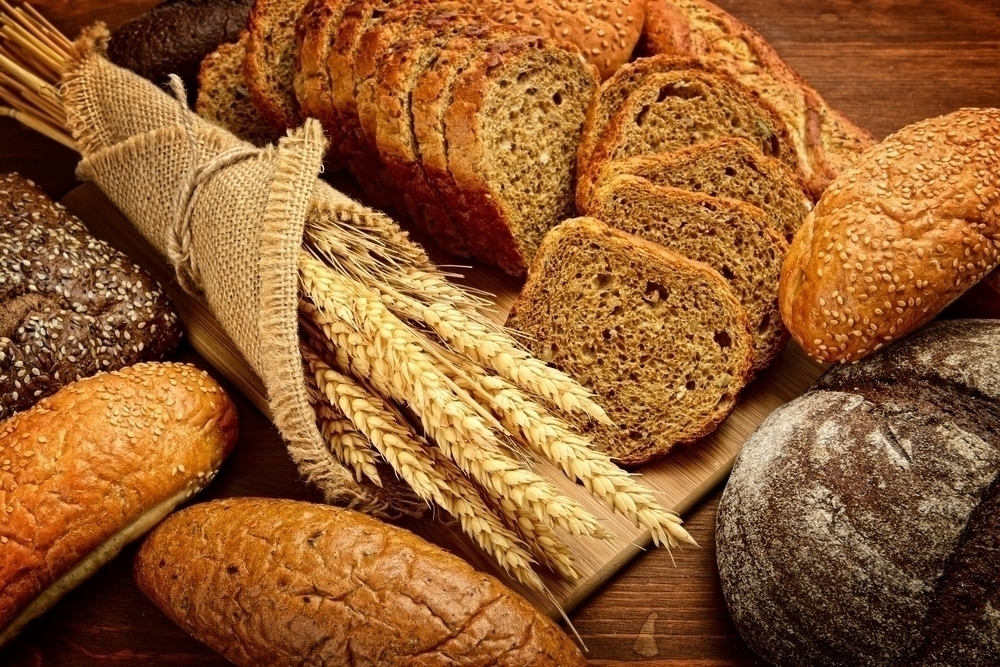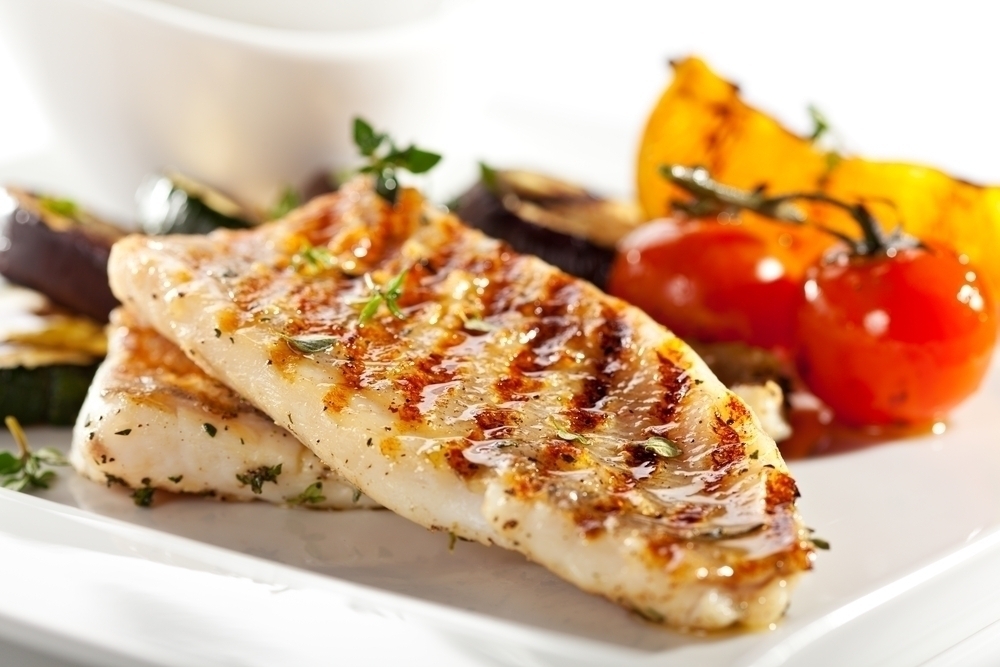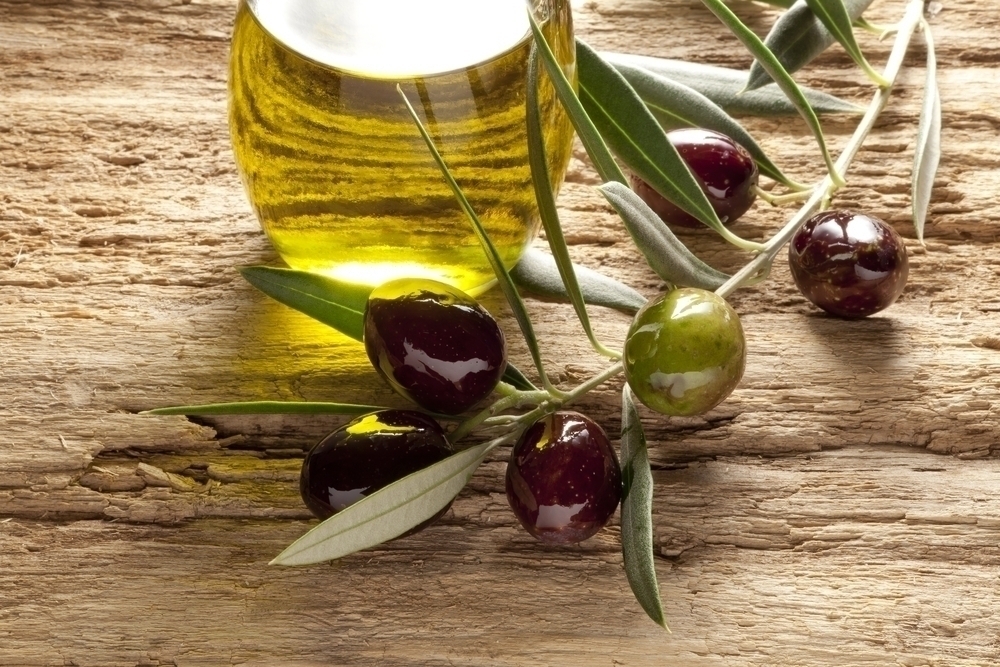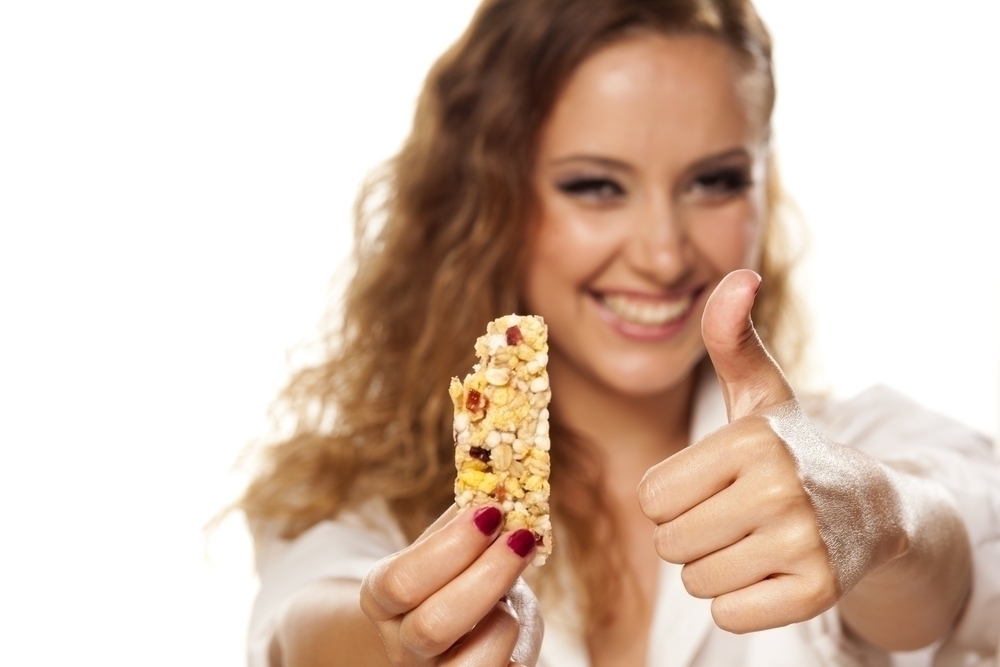There are so many factors that contribute, whether positively or negatively, to the health of your skin and stress is one of them. Stress levels continue to rise with a seemingly endless to-do list, commitments and responsibilities. In fact, stress and its impact on your skin has given rise to a new field of skincare known as “psychodermatology.” Karen Mallin, PsyD and an instructor in the departments of psychiatry, behavioral science and dermatology and cutaneous surgery at the University of Miami/Jackson Memorial Hospital in Miami, predicts that psychodermatology is going to become increasingly popular over the next few years.
“Psychodermatology is a field that addresses the impact of an individual’s emotion as it relates to the skin. The mind and skin are connected on many levels. A lot of nerve endings are connected to the skin, which wraps around the organs, so as emotions are played out neurologically, they can be expressed through the skin just as stress can be expressed through gastrointestinal symptoms, increased anxiety or hypertension,” explains Mallin. Below, find a few ways to destress so both your brain and your skin can remain calm.

Exercise
A quick way to relieve stress and boost your mood is to take a quick exercise break. Even a 10 minute walk around the block or spending a few minutes going up and down stairs will help you clear your head and minimize stress. Exercise also boosts your circulation, which increases blood flow to the skin. Try to take a walk each day during your lunch hour to fight stress and improve your skin.
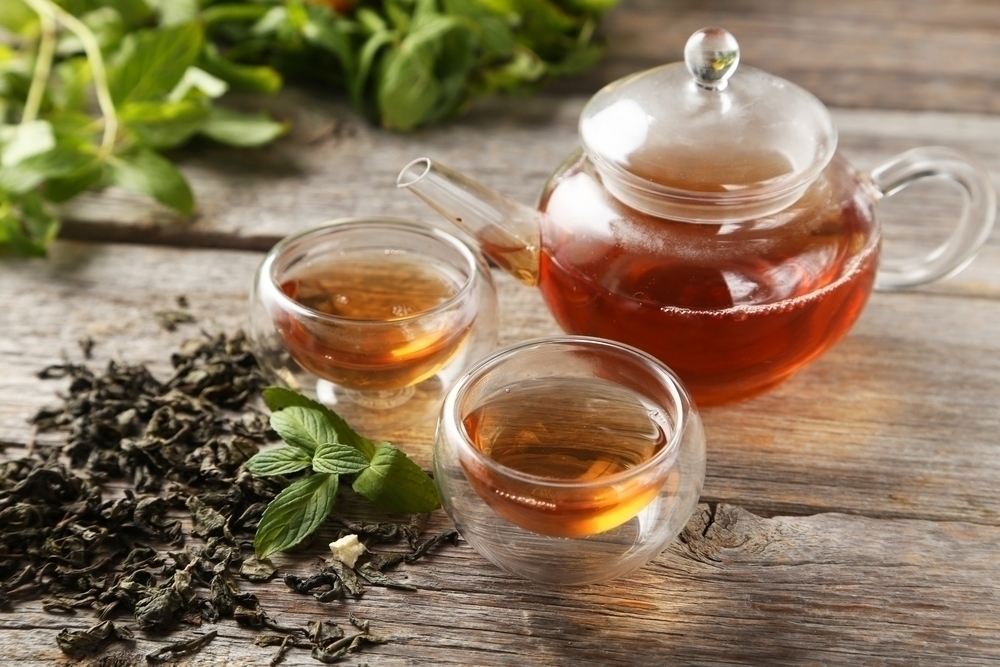
Drink Some Tea
Some people find tea to be not only a relaxing drink, but also an entirely relaxing experience. Green tea is an excellent drink for fighting stress and for keeping your skin healthy. The antioxidants in green tea provide protection from free radicals, which can cause additional harm to your skin.
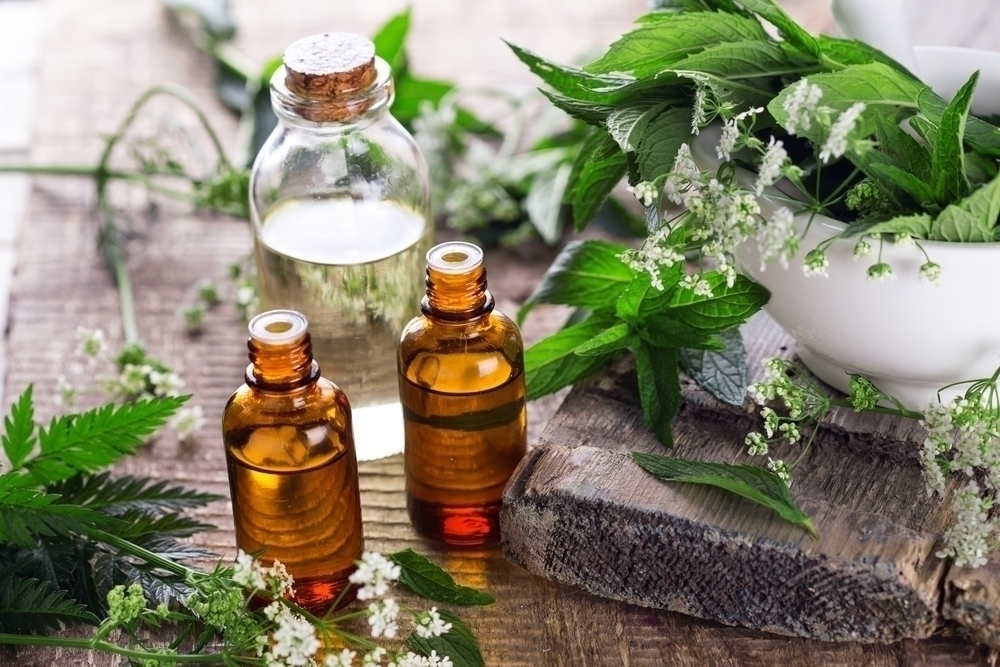
Aromatherapy
Essential oils are another way that you can reduce stress levels while also providing benefits to your skin. Lavender essential oil promotes relaxation, but it can also stimulate the regeneration of skin cells and can fade the appearance of signs of aging like sun spots or scarring. Lemon essential oil is a stimulating scent that brings feelings of peace and positivity. Additionally, it is a natural astringent and antibacterial, meaning that it can be especially helpful if you struggle with breakouts or acne.
There are other ways that you can reduce stress such as meditation or engaging in a hobby or activity that you find particularly enjoyable. Taking some time out of every day to focus on eliminating stress not only has a positive impact on your mood, but it also significantly impacts the health of your skin.



